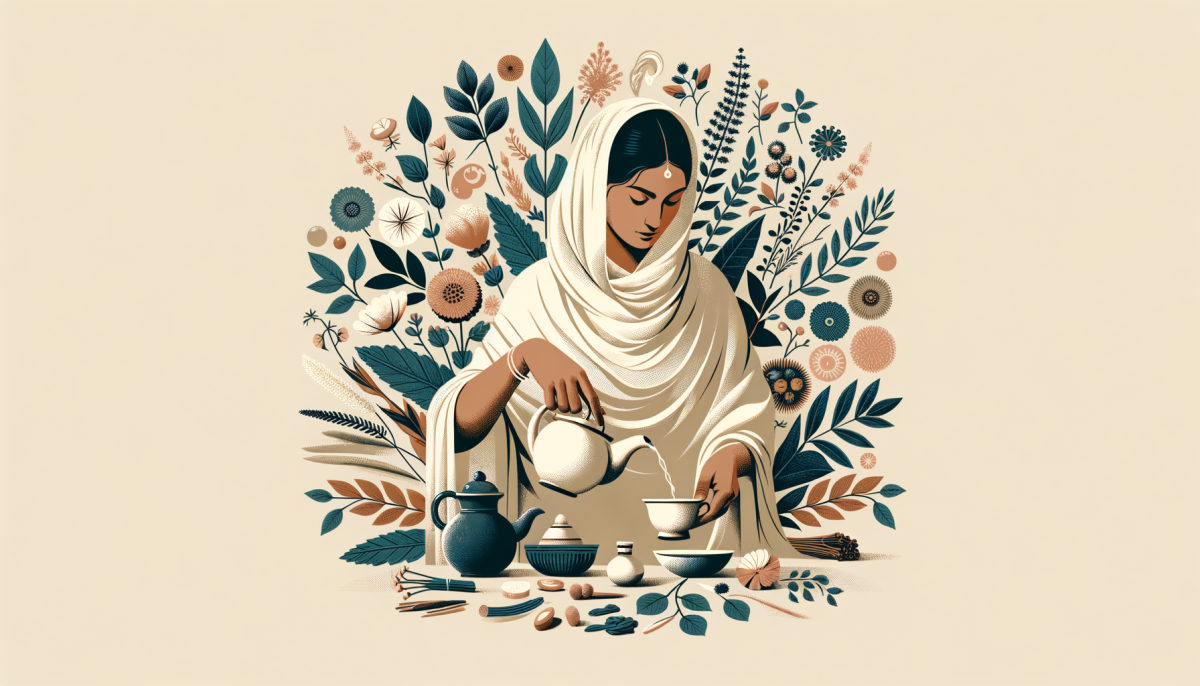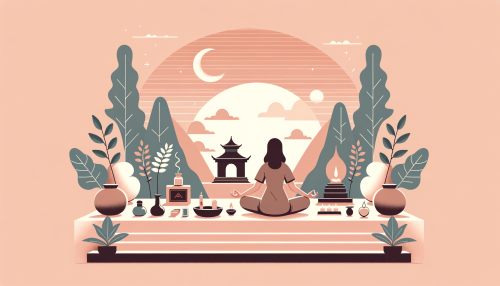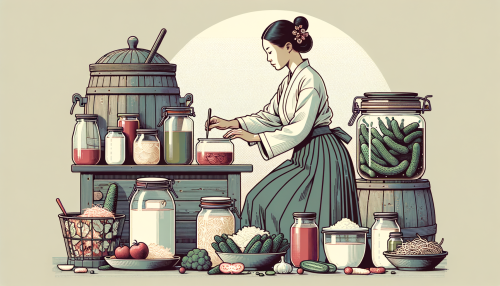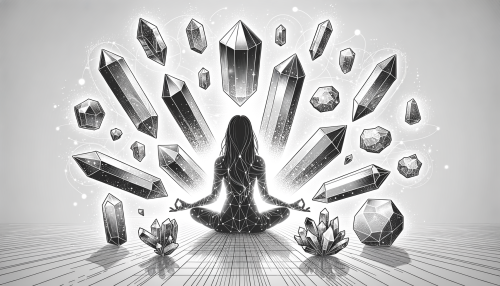Introduction
In the labyrinth of time, humanity has always sought solace in the bosom of Mother Nature. The ancient wisdom of our ancestors, distilled through generations, has gifted us a treasure trove of herbal remedies. Among these, herbal teas hold a special place, offering not just comfort and warmth, but also a plethora of health benefits. This article delves into the realm of these time-honored brews, exploring their historical significance, their role in addressing modern ailments, and the art of their preparation.
Historical Herbal Teas
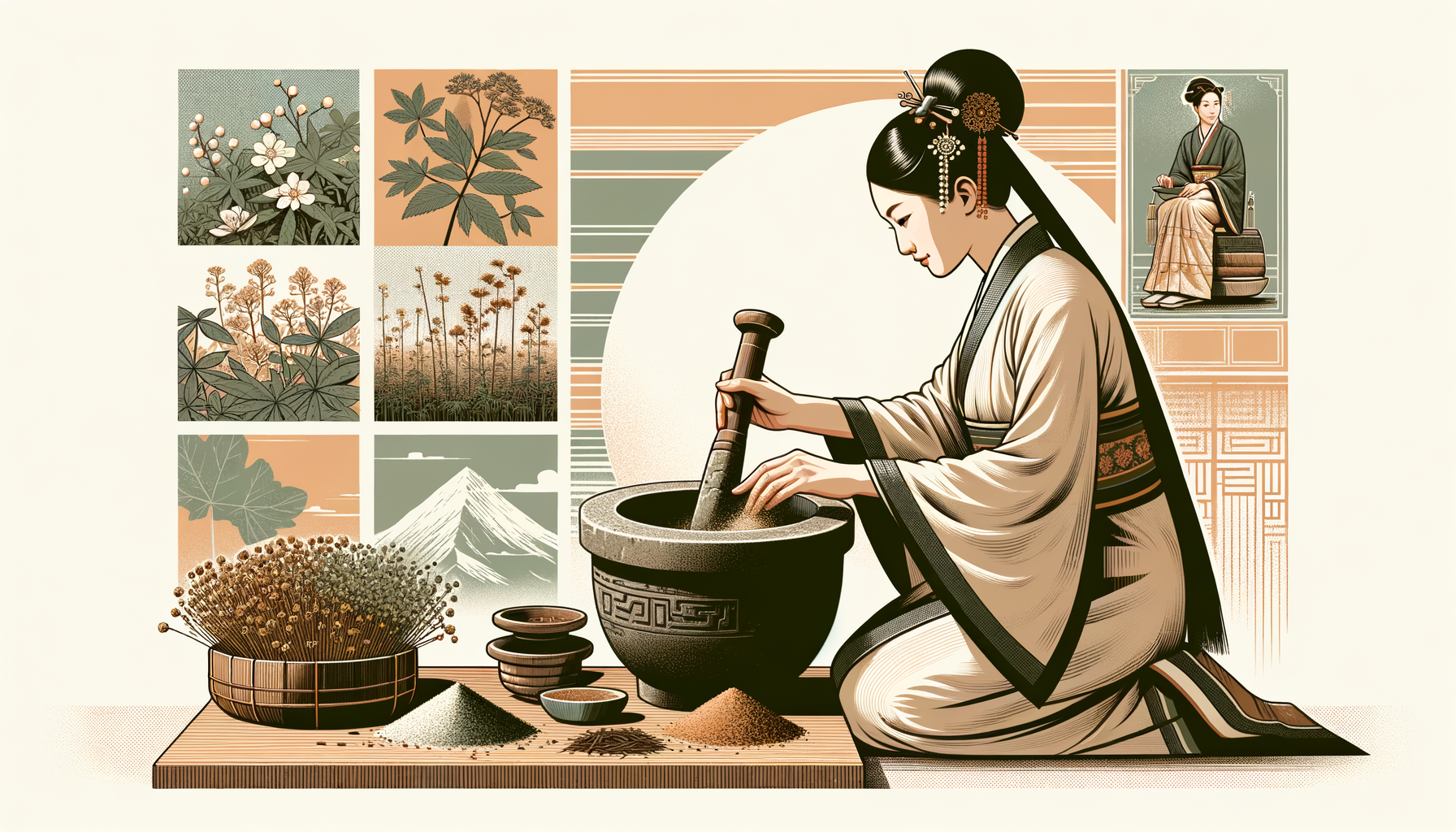
The annals of history are steeped in the lore of herbal teas. From the ancient Egyptians who used them for ceremonial purposes to the Chinese dynasties that revered them for their medicinal properties, herbal teas have been a constant companion of mankind. The Greeks, Romans, and Celts, too, recognized the therapeutic potential of these infusions, incorporating them into their daily lives and healing rituals.
In the East, the tradition of herbal tea is deeply intertwined with the philosophy of balance and harmony. Ayurveda, the ancient Indian system of medicine, and Traditional Chinese Medicine (TCM) both advocate the use of herbal teas to maintain equilibrium in the body and mind. These systems categorize herbs based on their properties and effects on the body, prescribing specific blends to treat various ailments.
In the West, the monastic orders of the Middle Ages were the custodians of herbal knowledge. The monks cultivated herb gardens, prepared herbal concoctions, and documented their observations. Their texts, such as the ‘Capitulare de Villis’, serve as valuable resources on the use of herbal teas during this period.
Modern Ailments Treated
In the contemporary world, where stress and lifestyle diseases are rampant, herbal teas offer a natural and holistic approach to health. They are used to treat a wide range of ailments, from common colds and digestive issues to chronic conditions like diabetes and heart disease.
Peppermint tea, for instance, is known for its soothing effect on the digestive system, while chamomile tea is revered for its calming properties, aiding sleep and reducing anxiety. Green tea, rich in antioxidants, is associated with a lower risk of heart disease and certain types of cancer. Hibiscus tea, on the other hand, has been found to lower blood pressure.
Herbal teas like ginger, turmeric, and echinacea are known for their immune-boosting properties, making them popular choices during flu season. Meanwhile, teas like dandelion and milk thistle are used for liver detoxification. The list is extensive, with each herb offering unique benefits, making herbal teas a versatile tool in the arsenal of natural healing.
Herbal Tea Preparation
The art of preparing herbal tea is as diverse as the herbs themselves. While some herbs release their healing properties when steeped in boiling water, others require a more gentle approach. The key is to understand the nature of the herb and adjust the preparation method accordingly.
For instance, delicate herbs like chamomile and mint are best prepared using the infusion method, where the herbs are steeped in hot water for a few minutes. On the other hand, tougher herbs like roots and barks are better suited to the decoction method, where they are simmered in water for a longer period to extract their medicinal properties.
The quantity of herbs used, the steeping time, and the temperature of the water can all influence the potency and flavor of the tea. Therefore, preparing herbal tea is not just a process, but an art, requiring patience, precision, and a deep understanding of the herbs.
Conclusion
In conclusion, herbal teas are a testament to the wisdom of our ancestors, a bridge connecting us to the healing power of nature. They offer a gentle, natural alternative to modern medicine, treating not just the symptoms, but the root cause of ailments. As we navigate the challenges of the modern world, these ancient remedies serve as a reminder of the importance of balance and harmony, guiding us towards a healthier, more holistic way of life.

